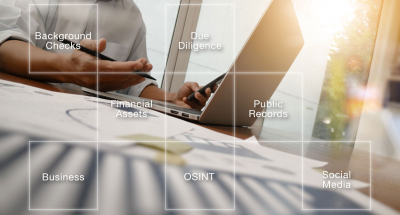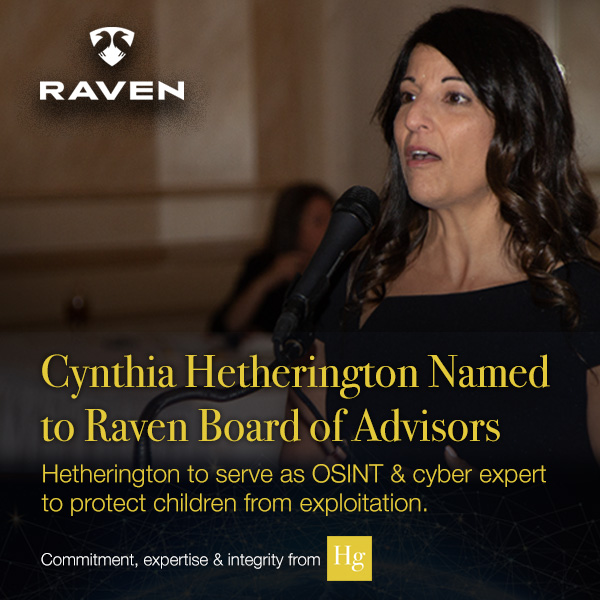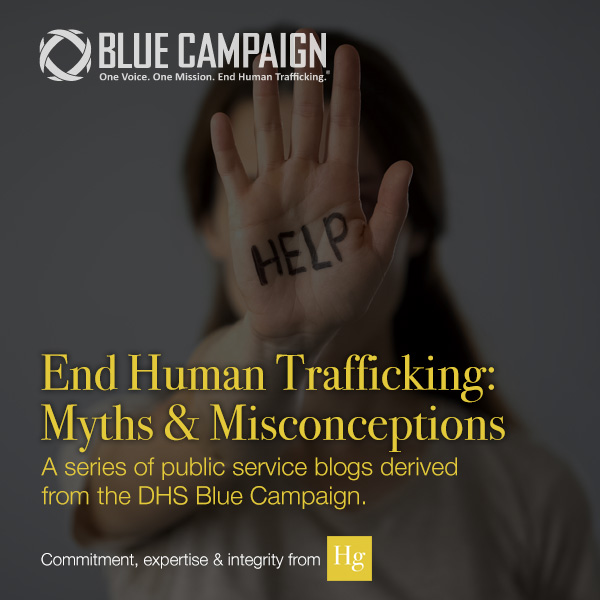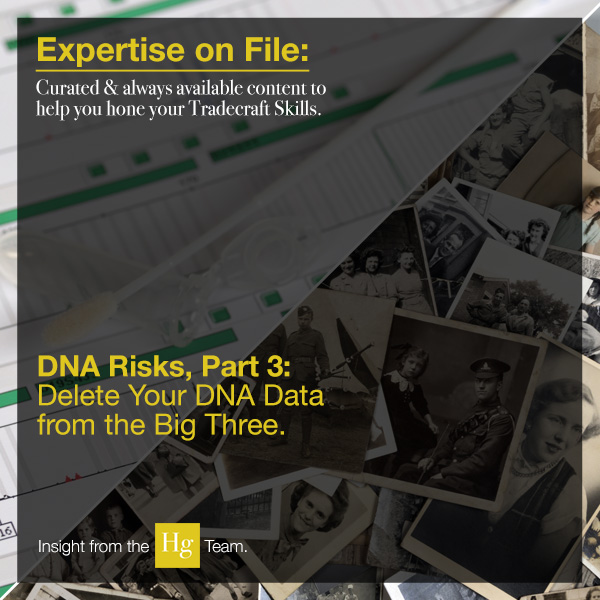/d(y)o͞o/ /ˈdiləjəns/ :: exposing financial risks, reputational issues, criminal activity, and legal actions detrimental to your client’s personal and business stability.
Hg’s second in a three-part series on conducting a due diligence investigation.
Last blog, we began our discussion of due diligence investigations with an introduction to Mr. Z, president of Vitasup, a vitamin supplement manufacturing company. He’s hired you to conduct a due diligence investigation on Jane O and Joe O—CEO and Chairman of the Board, respectively of “Lifesup,” a start-up company in business five years. Mr Z is interested in purchasing the company for $2 million.
This week, we’ll walk you through Phase One of Hg’s Phased Approach to due diligence for Lifesup’s Jane O.
Systematic investigations serve you and your client
 There are varying levels of intensity in due diligence investigations. On one hand, you can check out someone’s Facebook page or LinkedIn profile and get a sense of who they portray themselves to be. On the other hand, you can spend tens of thousands of dollars on a battalion of investigators to ferret out every last bit of information available. Considering the $2 million price tag, Mr. Z may, in fact, wish to go the way of ferreting, but at Hg we recommend defined parameters of the investigation.
There are varying levels of intensity in due diligence investigations. On one hand, you can check out someone’s Facebook page or LinkedIn profile and get a sense of who they portray themselves to be. On the other hand, you can spend tens of thousands of dollars on a battalion of investigators to ferret out every last bit of information available. Considering the $2 million price tag, Mr. Z may, in fact, wish to go the way of ferreting, but at Hg we recommend defined parameters of the investigation.
After twenty years of conducting both types of investigations, Hg has developed the Phased Approach: A systematic process that enables us to explain to our clients the various types of due diligence investigations. With this knowledge, they are able to understand quickly how our work can meet their needs and make the right decisions for their particular situation.
Using a Phased Approach to due diligence establishes boundaries and expectations for all parties involved. The benefit of a phased approach for the client is their understanding of what is supposed to happen when and the costs involved. Indeed, much of our work is concluded after the initial Phase 1 (purely online research), because we are able to answer the client’s key questions. When Phase 2 (onsite research) happens, there are still outstanding questions that need to be answered and that requires boots-on-the-ground work.
Starting the Engagement
Phase One is the intelligence-gathering portion that all other investigations are built upon. It can be as comprehensive as your client demands and should be done before any other work.
In your discussions with Mr. Z, you inform him that he has the option of choosing three types of reports: Comprehensive, Standard, and Briefing. Because he wants to know as much as possible in this initial phase of online and open source research, he opts for a Comprehensive Report. Standard and briefing reports are not nearly in-depth enough for a multimillion dollar investment due diligence; however, they are very handy and nimble for learning about new opportunities, scanning the competition, and knowing more about another company.
In Phase One, you’ll research and itemize the specific identifying data points that make up Jane O’s profile. Phase One demands the use of resources involved in due diligence investigation:
- Internet research
- Searches of social networks
- Open source exploration
- Individual U.S. government databases
- Local, national, international and industry-specific media searches
- Online litigation research for the relevant jurisdictions
- Non-traditional Internet resources for social networks.
Knowing what to look for
Since Mr. Z has requested a Comprehensive Report—he wants to know as much information as possible in this first phase—at the least, you will research and investigate all of the following data points:
Personal Identifiers and Assets
- Name
- Date of birth
- Social Security number
- Home address
- Contact numbers
- Family members and relationships
- Corporate ownership
- Contributions/Beneficiaries of gifts valued at more than $1,000.
- Professional association affiliations
- Property ownership
- Vehicles
- Education and alumni affiliations
- Employment
- Expertise and legal testimony
- Media (social, literature, or otherwise)
- Intellectual property
- Causes (political, charitable, sponsorship)
- Hobbies, Sports & Interests
You’re only as good as your tools
At Hg, we have access to over 190 million consumer records, business sources, credentialing tools, and other online and offline resources. This extensive access enables us to research the backgrounds of organizations and individuals, check their credentials, and assist in vetting out the backgrounds of persons nationally or internationally.
Returning to Mr. Z, you will need to investigate a variety of sources to get a comprehensive picture:
Some Sources
- Media history
- Business and personal affiliations
- State-specific regulatory agencies
- Corporate records
- Property records
- Academic records
- Financial records
- Vendor and supplier relationships
- Board appointments
- Liens, Judgments, and UCCs
- Subsidiaries and franchises
- Physical assets
- Open source databases
- Intellectual property
- Political and charitable causes
- Non-profit participation
- Online and social networks
- SEC, FINRA and State Securities filings
Compiling your findings
After you’ve conducted your preliminary investigation on Jane O in Phase One, you’ll compile a written report that summarizes your findings. You’ll organize your data into categories such as:
Jane O’s Personal Identifiers and Assets (i.e., name, address, identifying number, education, personal property, etc.)
Jane O’s Financial History (i.e., personal debt, bankruptcy, real property, etc.)
Jane O’s Civil and Criminal Filings (i.e., criminal convictions, pending actions, proceedings, etc.).
Jane O’s Reputational Standing (i.e., social media remarks, divisive actions, counter statements or accusations against others)
After the information is gathered and your analysis brings the details together, more questions can arise, depending on the type of case and the person or company who is the subject of the due diligence. At the end of each Phase, the report includes Key Findings and Recommended Next Steps.
In other words, your job might end here, or Mr. Z may wish to continue with Phase Two.
You can read extensively about Hg’s Phased Approach in our books Guide to Online Due Diligence Investigations and Business Background Investigation or purchase our March 2018 Webinar: Due Diligence & Public Records. Follow us on Twitter @HetheringtonGrp to catch next week’s post: “Due Diligence: Phase One of Hg’s Phased Approach.”



